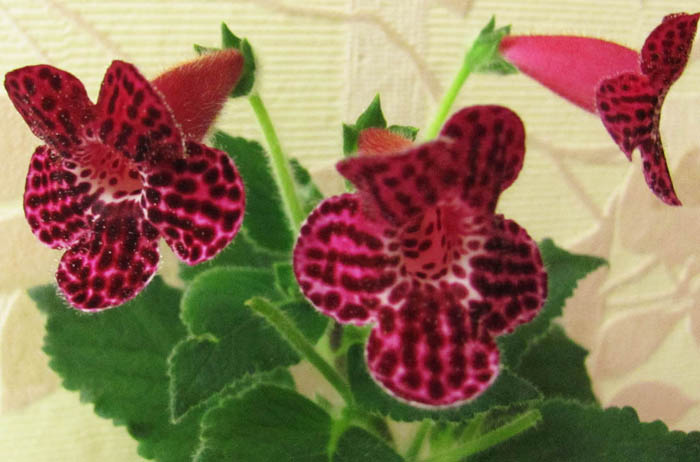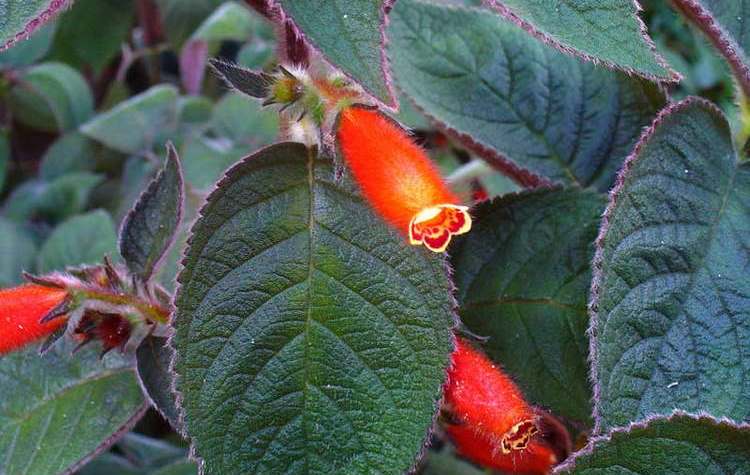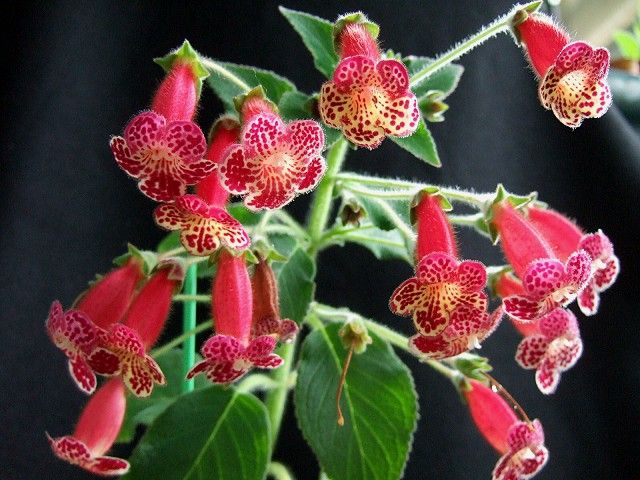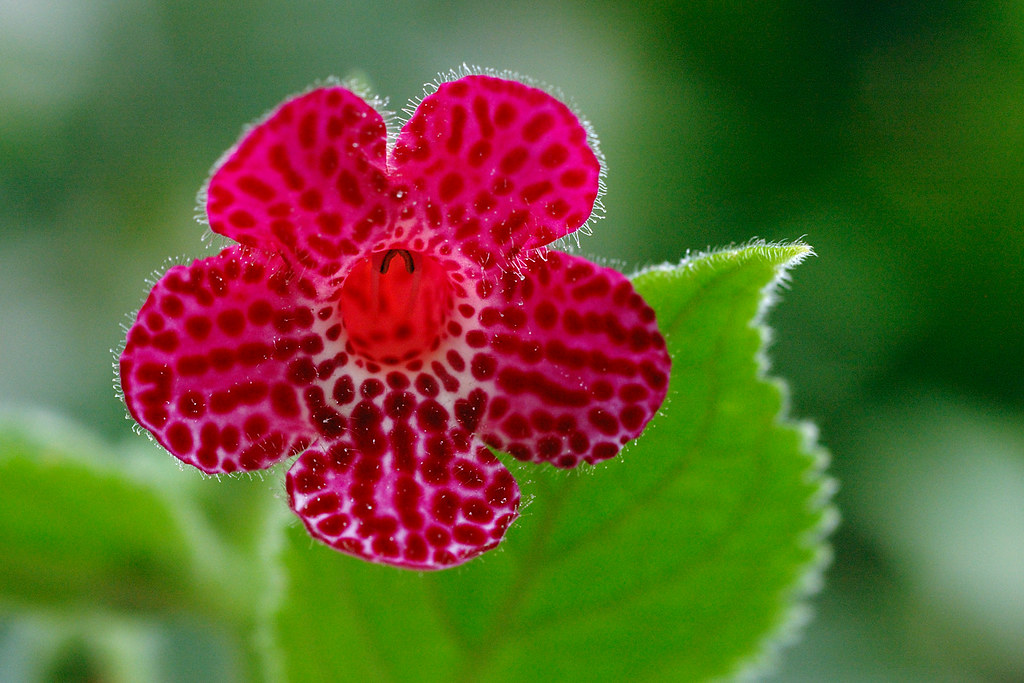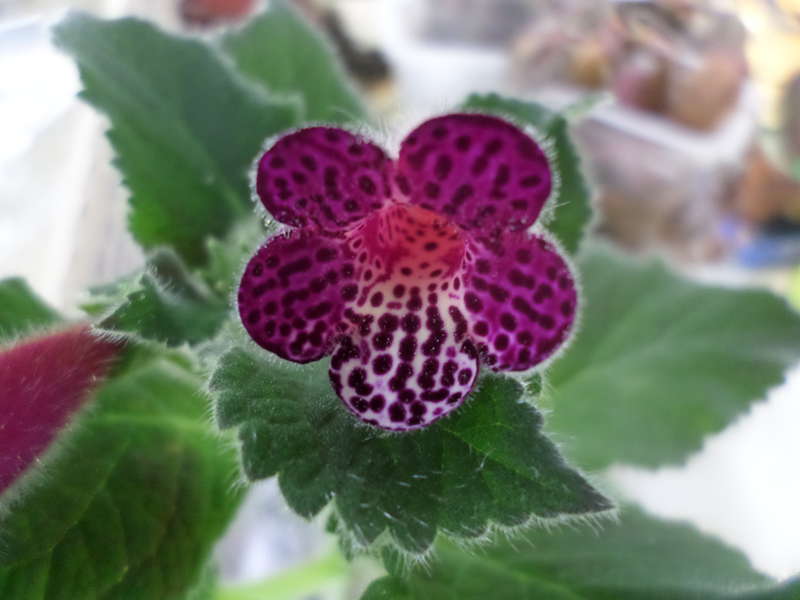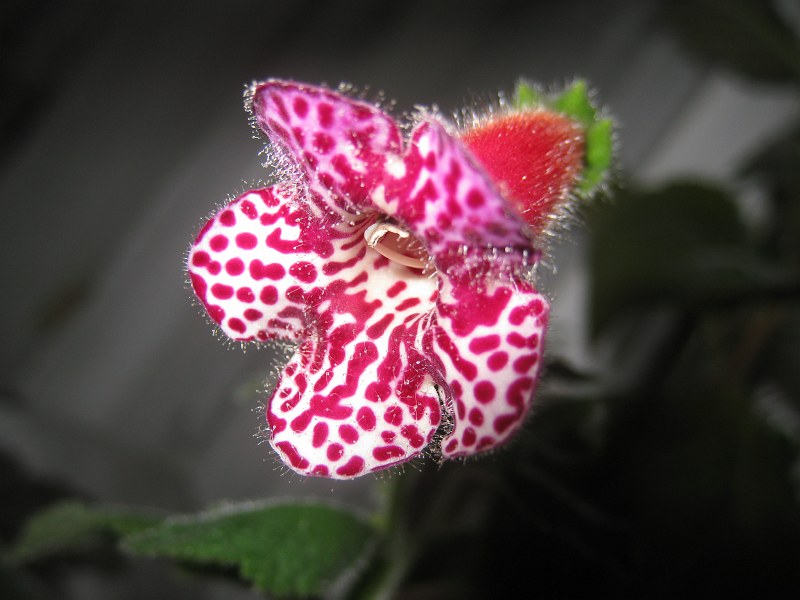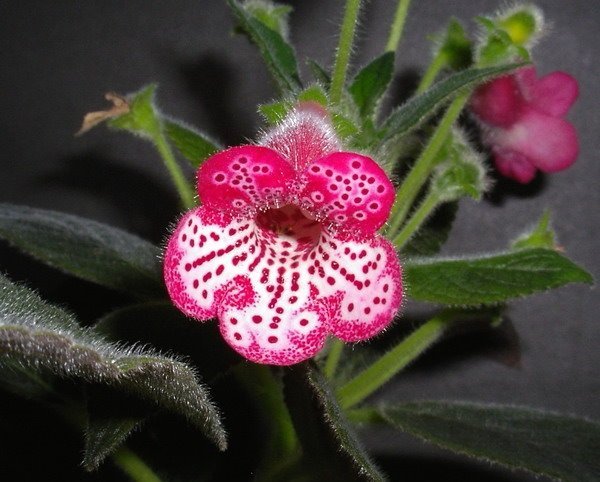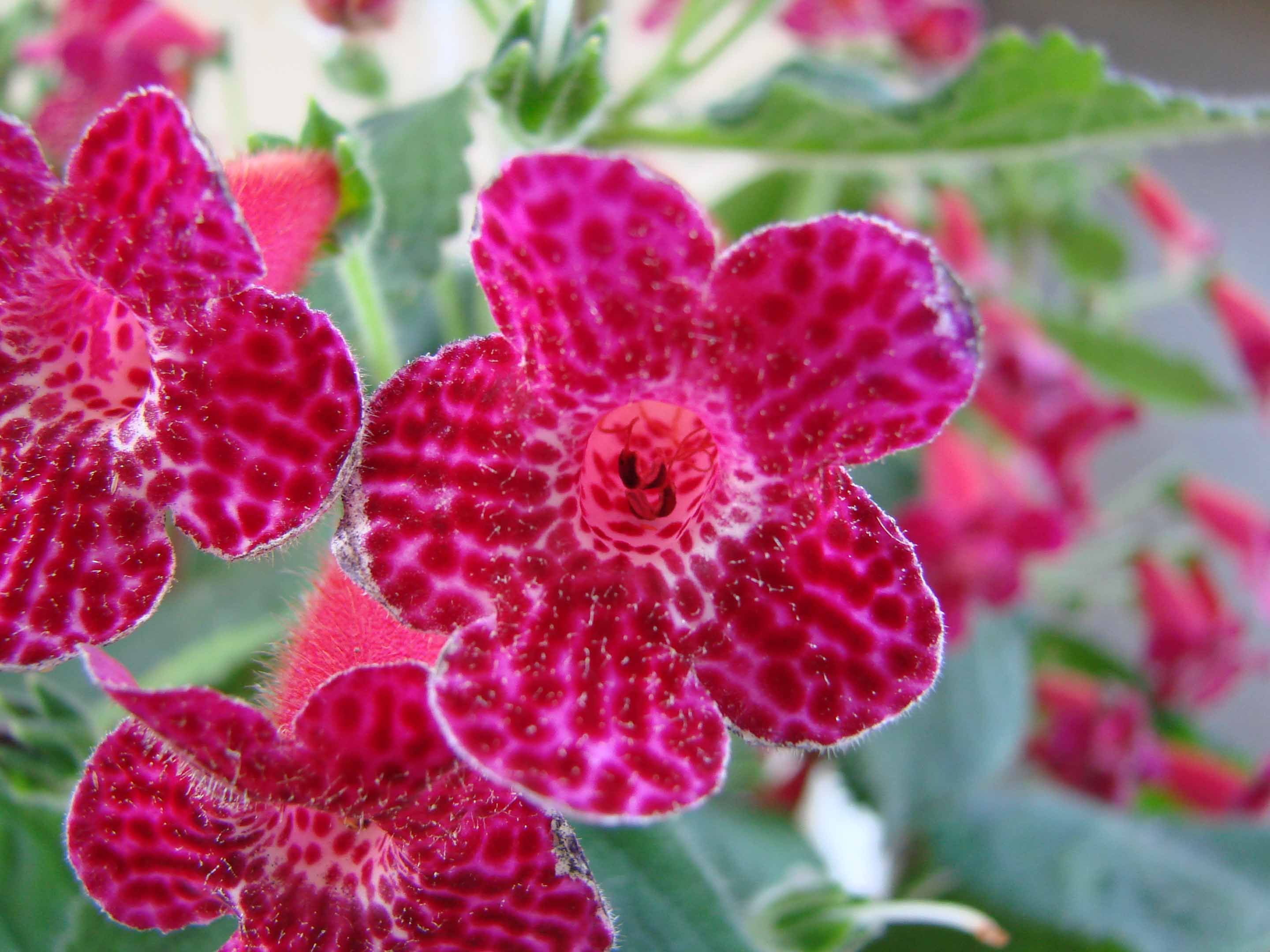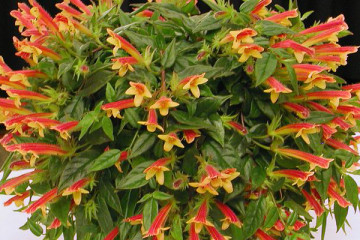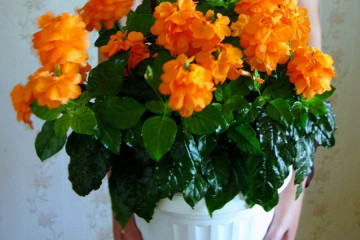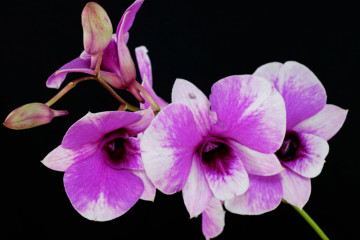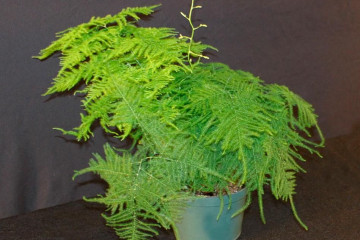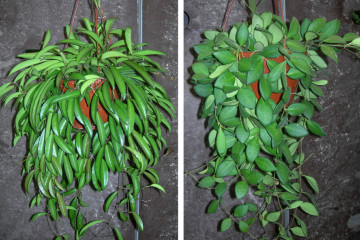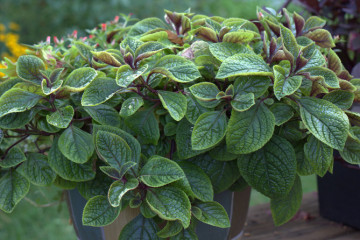Types of koleria flower - home care
Content:
An interesting plant - koleria, settled in almost every home. I fell in love with flower growers for their extraordinary appearance and unpretentious care.
About the history of appearance
Despite the fact that coleria grows in natural conditions in America, most of its species and varieties have spread from Switzerland. The indoor flower kaleria (koleria) bears the name of Michel Kohler, a scientist from Zurich who lived in the 19th century.
Some of the species that gained popularity were brought to the continent from Mexico. Hybrid varieties that are now widely grown were bred by European breeders. One of these varieties is the Flashdance colerias, which were bred by Swedish breeders in 2001.
When and how it blooms
The beautiful and delicate flowers of the plant delight each owner with their long flowering. The unusual shape of the bud is eye-catching.
Type of flowers
An elongated tube topped with 5 petals. It resembles a bell.
Flower shape
The flowers are oval, slightly elongated. In some varieties and species, the bud may be more elongated than others.
Flowering period
Coleria blooms from late May to early September, some species and varieties can bloom until mid-October. With good care and adequate lighting, flowering can last anywhere from 10 to 12 months.
Common varieties and varieties
A herbaceous plant with pubescent leaves and bell-shaped flowers belongs to the Gesnerian family. America is considered the birthplace of this unusual flower, namely its tropical zones.
Notable representatives:
1 Bogotka koleriya. The plant can grow up to 60 cm tall. Likes to grow on soils close to forest, or with a lot of pebbles in the pot. The length of the leaf is average - up to 10 cm. The plate has a rich green tone, its edge with small notches. The flowers are yellowish red with bright dots.
- The fluffy-flowered coleria (it is also called pubescent-flowered) managed to win the love of many gardeners not only due to its interesting color, but also to the pubescence, which covers not only the leaves, but also the flowers themselves. The leaves are small, only 7 cm long. They are green with a burgundy edge. Flowers resemble bells, have an orange or rich red tone. Inside, they are yellowish with bright specks.
- Coleria Linden. Small shrub, up to 30 cm. Stems are straight and unbranched. The surface is covered with fine white hairs.The leaf plate is small, slightly narrowish. The leaves are painted in a green tone, from above they are brighter than from below. The flowers are purple on top, yellowish inside with brown blotches.
- Coleria amabilis. The leaves are oval in shape, 10 cm long. The plates are completely green, have streaks of brown or silver tone. The tubular buds are red with dark purple dots on top and light yellow on the inside.
- Coleria bibbi. The flower differs from other members of the family by its elongated tubular bud. Outside, the coleria is red, and inside it is greenish or yellowish. On top of the flower there are small greenish villi. Because of the color of the flower, it is often called red. The leaf plate is green with a brownish vein.
- Coleria silver feather. A beautiful flower with silver-pearl leaves. Small flowers are orange or yellowish, have pubescence and small red specks.
- Coleria ampallang (ampalling). A variety with large flowers of a pale pink tone on top, inside - light with burgundy specks. The leaves are small, with brightly colored veins.
- Coleria Lucky Lucifer. Variety with large pubescent flowers. The tubules have a pinkish-red hue on the outside, inside they are white, the same and the petals with pink specks. Depending on the light, it may turn slightly yellowish. The leaves are medium in size, green in color, slightly pointed and have small denticles.
- Coleria Manchu. A beautiful pubescent bush with pink-orange flowers. Inside the neck is pinkish-yellowish. It can bloom for a whole year.
- Coleria Rongo. Purple bud with burgundy splashes. Olive-colored leaves with light veins.
- Coleria Sunshine. It has pink buds with darker colored petals. There are burgundy specks all over the flower. Leaves are rich green.
- Coleria Birka. Orange-red buds on the outside, inside - white with a red speck. The leaves are bright green, streaked with a light tone.
Caring for paints at home
Taking care of the kohleria flower is quite simple, since it is unpretentious to growing conditions. In order for the plant to please with long flowering, it is necessary to take into account some of the nuances of care.
Temperature
In summer, for koleria, the optimal growing temperature is recognized as 25 degrees, in winter - from 13 to 16. In hot weather, it is necessary to ventilate the room where the plant is located, you can rearrange it away from the window.
Lighting
Coleria prefers to grow on the east or west window. Diffused sunlight is ideal for a flower. If the plant is on the south window, it must be shaded so that the coleria does not get burned.
Watering
It is advisable to water the flower with rainwater. Using tap water, you should give it time to settle (about 3-4 days). In the summer, watering should be carried out daily, in the winter season, their frequency is reduced to 1 or 2 times a week.
Spraying
It is impossible to spray pubescent plants, as this will damage their appearance, and can also cause a number of diseases.
Humidity
The plant prefers air with low humidity. In winter, it tolerates aridity in the air well, but it needs to be humidified at least 2 times a month. To do this, you need to pour water into the pallet, expanded clay is poured, a pot with a flower is installed on top.
Priming
The substrate for the plant is made on the basis of peat soil (2 parts), leaf humus (1 part), turf (1 part) and sand (1 part) are added to it. Pebbles and expanded clay are used as drainage.
Top dressing
Kolleria should be fed monthly with complex fertilizers with microelements. You can buy ready-made mixes at a flower plant store.
In winter (during dormancy)
Like other plants, this flower also needs rest.You can determine the dormant period by the wilting of the lower part of the leaves: they begin to dry out and fall off. Before sending the plant to rest, it is necessary to remove all dry parts, as well as the buds. The flower pot is moved to a cool room, where the temperature is maintained from 13 to 16 degrees. Top dressing during this period is not carried out, watering is reduced to a minimum - a maximum of 1 time per week, or even less often, depending on the speed of drying of the coma.
How koleria reproduces
You can get new bushes of a favorite flower in several ways. Dividing the root into several parts is the most common method in koleriya. Home care and reproduction is a simple procedure, you just need to follow some rules.
By dividing the rhizome
A tuber is taken and cut with a knife into 2-4 pieces (depending on the size of the rhizome). Each piece is placed in a separate container with a substrate. After planting, the rhizomes are watered until new shoots appear.
Apical stems-cuttings
A shoot is cut from the mother plant and placed in a container with water. After a week - 2, the first roots will appear. It is necessary to wait until a good root is formed, after which you can plant it in a pot.
Rooting leaves
Reproduction by leaves is carried out in the same way as by stems. A leaf with a petiole is cut off. After that, the leaf cutting is placed in a container with water until the roots are formed.
Growing from seeds
Seeds are sown in the spring (late March or early April) in a substrate of peat and sand. The surface of the soil mixture is moistened. After that, the container is covered with glass or film. Placed in a warm room until the first shoots appear.
Transplant after purchase and during reproduction
After purchase, you need to change the substrate and pot. Before transplanting, remove all buds and the lower part of the leaves. It is best to make a purchase in the spring season, then the plant reacts better to transplantation, especially since it should soon come out of the dormant period.
Possible problems in growing koleria
Improper care can lead to growing problems. If you react to the flower's signals in a timely manner, it can be restored.
Leaf problems
The plant may experience death and leaf fall. This may be due to a natural process that takes place at the beginning of the dormant period or during the renewal of the plant.
You can also observe a change in the color of the sheet plate and drying out with improper care, these are:
- Drafts,
- Spraying over leaf or buds,
- Excess moisture or dressing.
Frequent illnesses
The pallor of the leaves or yellowing signals that the flower does not have enough light. Also, in poor light, the plant can stretch a lot.
In very dry air, curling of the leaves can be observed. In order for the plant to recover and new leaves appear, it is necessary to humidify the air, spray the room far from the plant.
Errors in care conditions
Kaleria is a flower, home care for which is simple, but improper actions can lead to the death of the plant. Some growers, neglecting the health of the plants, water them with cold water. This leads to darkening of the leaves and shoots, if the flowerpot is also in a draft, its death is inevitable.
Coleria may not bloom after a dormant period, or the buds may not bloom and fall off. This problem arises from the fact that fertilizers are incorrectly selected, or they were applied in large quantities. The main rule in nursing when feeding is "It is better to underfeed than overfeed."
There are a very large number of beautiful varieties of coleria that are loved by gardeners.Among them are Red (with red buds), Brimstone (with red-crimson flowers), Jester (Jester's coleria with crimson-red buds). By choosing one or more of them, you can create a small winter garden right in the apartment. It will immediately delight you with the beautiful flowering of koleriya, care at home will help to extend it for several months.
